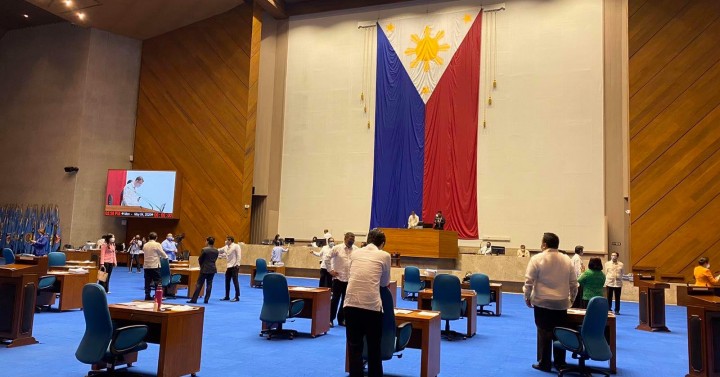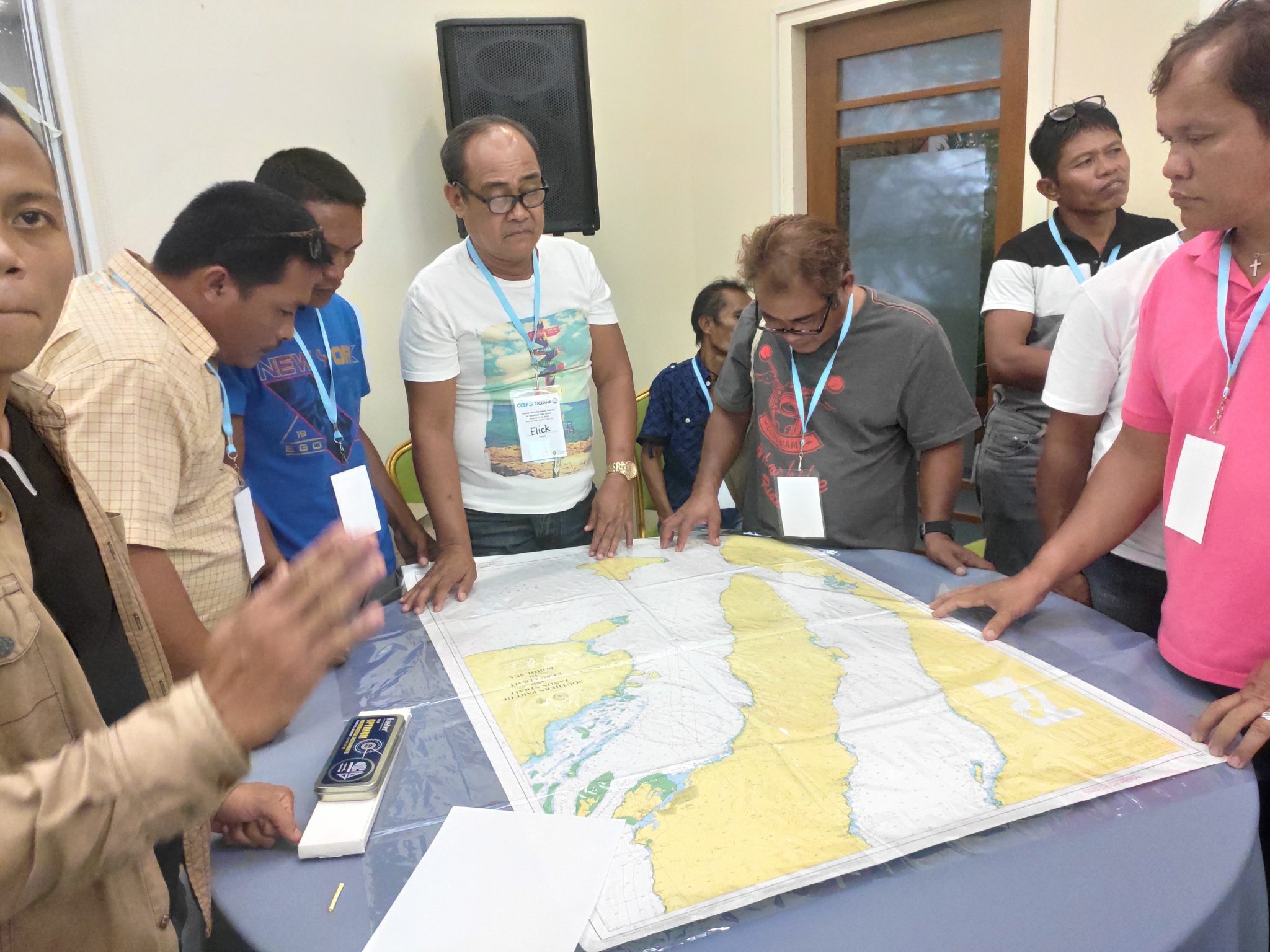To pass an ordinance in the Philippines,draft the proposal,consult stakeholders,undergo legislative readings,get Mayor’s approval, implement.

Types of Ordinances
Understanding the types of ordinances is essential for anyone involved in legislative processes at the local government level in the Philippines. This section will delve into the various categories, particularly focusing on General Ordinances, Special Ordinances, and Appropriation Ordinances.
General Ordinances
General Ordinances are the most common type of local laws that cover a broad range of issues affecting the community. These can include:
- Traffic Regulations: Implementing speed limits, designating one-way streets, and so on.
- Zoning Laws: Setting parameters for residential, commercial, and industrial zones.
- Health and Safety Rules: Such as smoking bans in public places and sanitation requirements.
Special Ordinances
Special Ordinances deal with specific issues or unique circumstances within the local government’s jurisdiction. Examples include:
- Emergency Ordinances: Like temporary curfews during natural disasters.
- Revenue Ordinances: Such as levying a new local tax for a specific project.
- Cultural Protection: For example, safeguarding a heritage site or local tradition.
These often require a different level of scrutiny and may need additional public hearings for approval. Understanding the specifics of Special Ordinances is key to passing them successfully. Here is the Wikipedia page for a deeper understanding of local ordinances.
Appropriation Ordinances
Appropriation Ordinances are vital for the financial health of the local government. They generally cover:
- Annual Budgets: Laying out the financial plan for the upcoming fiscal year.
- Special Budgets: For unexpected expenditures like natural disaster relief.
- Fund Allocation: Dictating how resources are to be distributed among various sectors such as health, education, and infrastructure.
Stakeholders Involved
Stakeholder involvement is a critical aspect of passing any ordinance in the Philippines. Different parties bring varied perspectives and interests into the legislative process. This section outlines the main stakeholders involved: Local Government Units (LGUs), Citizens, Non-Governmental Organizations (NGOs), and Special Interest Groups.
Local Government Units (LGUs)
Local Government Units are at the forefront of the ordinance-making process. They consist of:
- City Councils or Municipal Councils: These are the legislative arms at the city or municipal level.
- Provincial Boards: At the provincial level, these boards handle legislative matters.
- Barangay Councils: These local councils operate at the smallest administrative divisions.
Citizens
Citizens play a pivotal role in shaping ordinances as they are the ones directly impacted by these local laws. They can engage through:
- Public Hearings: Offering insights and objections to proposed ordinances.
- Petitions: Rallying support for or against an ordinance.
- Direct Consultations: Some LGUs have a mechanism for gathering citizen input outside of formal settings.
Engaging citizens in the legislative process enhances the legitimacy and effectiveness of an ordinance.
Non-Governmental Organizations (NGOs)
Non-Governmental Organizations often serve as intermediaries between the government and the citizens. Their roles include:
- Advocacy: Pushing for ordinances that align with their mission.
- Research and Data Collection: Providing valuable insights that can inform the legislative process.
- Public Awareness: Educating the public about the implications of proposed ordinances.
NGOs often specialize in specific sectors like health, environment, or social justice, thus bringing expert perspectives into the legislative process.
Special Interest Groups
Special Interest Groups may include business associations, labor unions, and other organizations that have a vested interest in the outcome of specific ordinances. They often:
- Lobby: To influence the drafting and passing of ordinances that favor their interests.
- Submit Proposals: Occasionally, they may even draft ordinances for consideration.
- Fund Campaigns: To gain public or legislative support for their stance.
The Drafting Process
The drafting process is a crucial phase in the creation of an ordinance in the Philippines. It involves several steps to ensure that the proposed law is both effective and enforceable. This section highlights the key steps in the drafting process: Research and Data Gathering, Drafting the Initial Proposal, and Consultation with Legal Advisors.
Research and Data Gathering
The first step in drafting an ordinance involves collecting the necessary information and data. This includes:
- Statistical Analysis: Gathering quantitative data like population demographics, traffic patterns, or crime rates.
- Existing Laws: Reviewing national laws and existing local ordinances to avoid conflict or redundancy.
- Case Studies: Examining examples of similar ordinances in other jurisdictions for insights and lessons.
Drafting the Initial Proposal
Once the research phase is complete, the next step involves drafting the initial proposal. This generally entails:
- Outlining Objectives: Clearly stating the aims and goals of the proposed ordinance.
- Structuring the Document: Following a standardized format for legislative texts.
- Detailing Provisions: Explaining the regulations, penalties, and mechanisms for enforcement.
Consultation with Legal Advisors
Consulting with legal experts is a fundamental part of the drafting process. This is vital for:
- Legal Scrutiny: Confirming the ordinance does not conflict with existing laws or the Philippine Constitution.
- Language Refinement: Ensuring the text is legally sound and unambiguous.
- Ethical Considerations: Addressing any ethical concerns that may arise, particularly if the ordinance impacts a vulnerable community.

Steps for Approval
Once an ordinance draft is complete, it has to go through a series of legislative hurdles for approval.
First Reading
The first reading is the initial stage where the draft ordinance is introduced to the legislative body. During this step:
- Formal Presentation: A member of the council formally introduces the ordinance draft.
- Initial Assessment: The legislative body makes a cursory review of the proposal.
- Committee Assignment: The draft is sent to the appropriate committee for further scrutiny.
Second Reading
At the second reading, the ordinance undergoes thorough examination, discussion, and amendment. During this stage:
- Committee Report: The responsible committee presents its findings and recommendations.
- Debate and Discussion: Members of the legislative body discuss the merits and demerits of the ordinance.
- Amendments: The draft may be revised based on the discussions and recommendations.
It is vital for the ordinance to gain majority support during this phase to proceed to the next step.
Third Reading
The third reading is the final legislative scrutiny of the ordinance. This involves:
- Final Presentation: The final draft of the ordinance is presented to the legislative body.
- Vote: A final vote takes place. A majority vote is often required for the ordinance to pass.

Mayor’s Approval
After the ordinance passes the legislative stages, it goes to the Mayor for approval. During this stage:
- Review: The Mayor reviews the final draft of the ordinance.
- Approval or Veto: The Mayor either approves the ordinance, making it law, or vetoes it. A veto can often be overridden by a supermajority vote from the legislative body.
Public Hearing and Consultations
Public hearings and consultations are vital steps for creating more inclusive and effective ordinances. They provide a platform for different stakeholders to express their views and suggestions. This section will outline the procedures involved in conducting public hearings and consultations, including Scheduling and Notification, Conducting the Public Hearing, and Gathering Feedback.
Scheduling and Notification
Proper scheduling and notification are critical for meaningful public participation. In this stage:
- Announcement: The local government unit announces the date, time, and venue of the public hearing in local newspapers, on public bulletin boards, and often on social media.
- Agenda Sharing: The LGU typically shares the agenda or the topics to be discussed during the hearing.
- Invitations: Special invites may go out to key stakeholders such as community leaders, NGOs, and special interest groups.
Conducting the Public Hearing
Executing the public hearing effectively is paramount for gathering useful input. The proceedings generally include:
- Opening Remarks: A brief introduction outlining the purpose of the hearing.
- Presentation of the Ordinance: A comprehensive review of the proposed ordinance, often done by the sponsoring council member.
- Public Comments: Time for citizens, NGOs, and other stakeholders to express their views.
Gathering Feedback
The main objective of a public hearing is to gather public input. The following are the typical methods employed:
- Written Submissions: Attendees can submit their comments or concerns in writing.
- Oral Testimonies: Citizens and other stakeholders may give verbal input during the hearing.
- Online Feedback: Some local government units also offer online platforms for those who can’t attend in person.
Post-Approval Procedures
Getting an ordinance approved is just the first step. What follows are essential post-approval procedures that ensure the ordinance becomes a working law. These include Filing and Documentation, Publication and Dissemination, and Implementation and Enforcement.
Filing and Documentation
After the Mayor’s approval, proper filing and documentation are the next steps. This entails:
- Official Registry: Entering the approved ordinance into an official registry maintained by the local government unit.
- Archiving: Storing a copy of the ordinance in both digital and physical formats for public access and future reference.
- Legal Records: Updating legal databases to include the new ordinance, ensuring easy access for law practitioners and public servants.
Publication and Dissemination
Once filed, the ordinance must be publicly disclosed. The steps involved are:
- Public Notification: Posting the ordinance in places like the community bulletin board, LGU website, and other public spaces.
- Local Newspapers: Publishing the full text or a summary of the ordinance in a newspaper of general circulation.
- Social Media: Utilizing platforms like Facebook or Twitter to inform the younger demographic.
Public disclosure ensures that the populace knows about the new rules and regulations.
Implementation and Enforcement
The final step involves putting the ordinance into practice. This involves:
- Training: Educating local law enforcement and relevant departments about the new ordinance.
- Public Awareness: Conducting seminars or informational campaigns to educate the public about the new law.
- Monitoring: Regularly assessing the ordinance’s impact and possibly adjusting its enforcement strategies.

Monitoring and Evaluation
The journey of an ordinance doesn’t end with its implementation. Ongoing monitoring and evaluation are crucial for assessing its effectiveness and making necessary changes. This segment covers Monitoring Mechanisms, Periodic Reviews, and Amendments and Repeals.
Monitoring Mechanisms
A well-implemented ordinance includes built-in mechanisms for ongoing monitoring. Key aspects involve:
- Data Collection: Gathering information through surveys, inspections, and other methods to assess the ordinance’s impact.
- KPI Tracking: Setting up Key Performance Indicators (KPIs) that will be used to measure the ordinance’s effectiveness.
- Stakeholder Feedback: Continually engaging with the public and other stakeholders for real-time insights into the ordinance’s performance.
Periodic Reviews
Periodic reviews are scheduled evaluations that examine the ordinance’s effectiveness and relevance. Key actions include:
- Scheduled Assessments: Organizing regular reviews, such as annual or biennial evaluations.
- Performance Reports: Compiling reports based on collected data and KPI outcomes.
- Public Disclosure: Sharing the review results with the public and stakeholders for transparency.
You can read more about the importance of periodic reviews and audits on this Wikipedia page on Performance Audit.
Amendments and Repeals
Laws are not set in stone and may need adjustments over time. This step involves:
- Proposing Changes: If the ordinance is found to be ineffective or outdated, changes may be proposed.
- Public Hearing: Amendments usually require another round of public hearings and consultations.
- Legislative Approval: Similar to initial approval, the amendment or repeal must pass through legislative readings and the Mayor’s office.